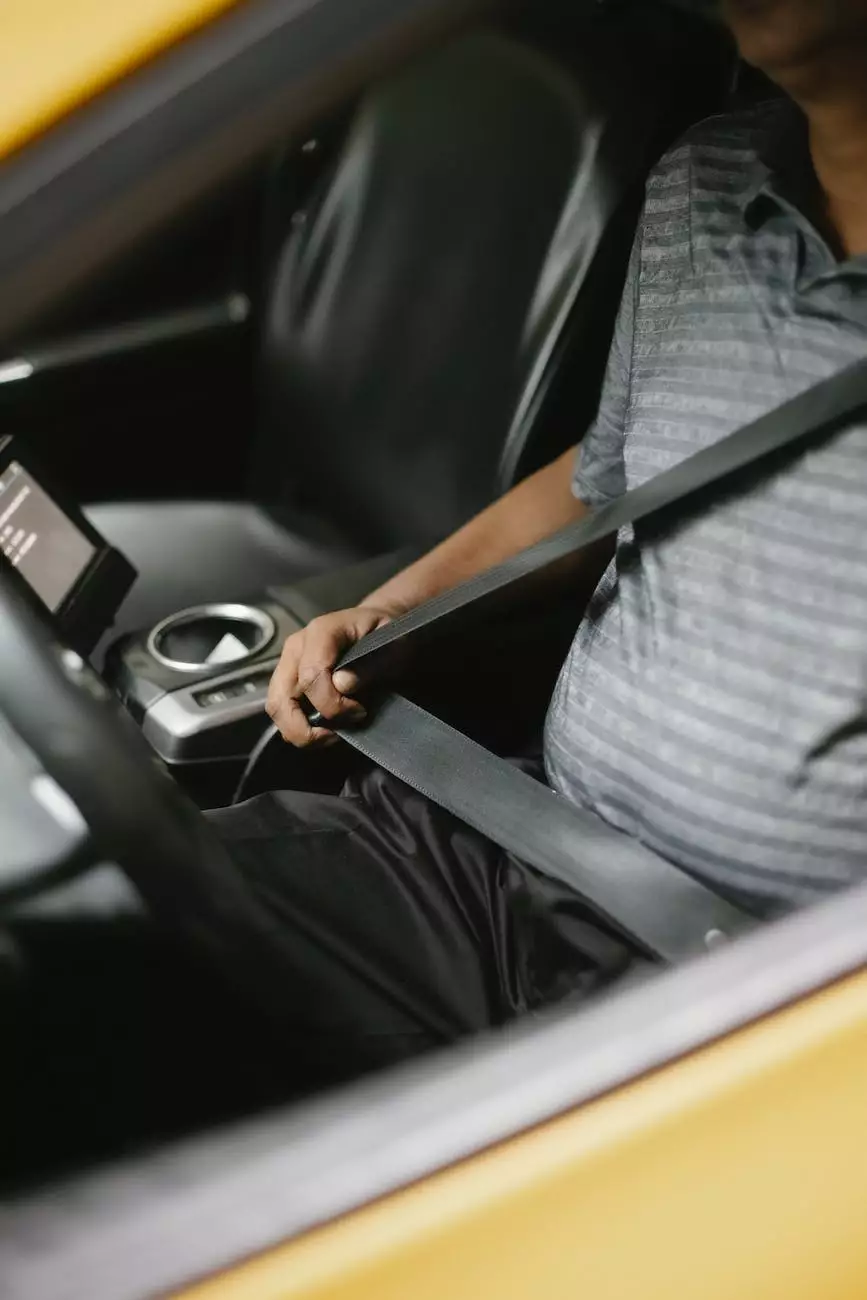How To Do A Roadside Stop?
Driving Lessons
When it comes to road safety, knowing how to perform a roadside stop correctly is crucial. Darkness Automotive, a leading name in the vehicles - automotive industry, is here to provide you with a comprehensive guide on performing a roadside stop effectively and safely. In this guide, we will cover all the essential steps, considerations, and scenarios you may encounter while executing a roadside stop.
The Importance of a Roadside Stop
A roadside stop is an essential skill to have for any driver. Whether you are faced with a vehicle breakdown, encountering a flat tire, or witnessing an emergency situation on the road, knowing how to properly stop your vehicle can help mitigate potential risks and ensure yours and others' safety.
Step-by-Step Guide for a Roadside Stop
Performing a roadside stop can be broken down into several key steps:
- Stay Calm and Assess the Situation
- Activate Hazard Lights
- Maintain Control of Your Vehicle
- Choose an Appropriate Stopping Location
- Signal Your Intention
- Gradually Reduce Speed and Move Safely to the Side
- Park Correctly and Secure Your Vehicle
- Exit the Vehicle with Caution
1. Stay Calm and Assess the Situation
Remaining calm and assessing the situation is vital during a roadside stop. If you notice any warning signs or suspect that something is wrong with your vehicle, try to pull over to a safe location as soon as possible.
2. Activate Hazard Lights
Once you've identified the need for a roadside stop, immediately activate your hazard lights. This will alert other drivers to be cautious and inform them of your presence on the road. Hazard lights are especially important during low visibility conditions or if your vehicle is obstructing traffic.
3. Maintain Control of Your Vehicle
As you prepare to perform a stop, ensure you maintain control of your vehicle. Gradually reduce your speed while keeping a firm grip on the steering wheel. Avoid sudden braking or aggressive maneuvers that can endanger yourself or other road users.
4. Choose an Appropriate Stopping Location
Choosing the right location for your roadside stop is crucial. If possible, find a well-lit area with ample space to pull over safely. Look for designated parking spots, emergency lanes, or wide shoulders that provide enough room for your vehicle. Avoid stopping on narrow roads or blind corners.
5. Signal Your Intention
Before changing lanes or moving towards the side of the road, use your vehicle's indicators to signal your intention. This will help other drivers anticipate your movement and maintain a safe distance.
6. Gradually Reduce Speed and Move Safely to the Side
Once you've found a suitable stopping location and signaled your intention, gradually reduce your speed and merge to the side of the road safely. Be mindful of other vehicles and pedestrians, and check your mirrors for any potential hazards before changing lanes.
7. Park Correctly and Secure Your Vehicle
After coming to a complete stop, ensure you park your vehicle correctly. Turn off the engine, engage the parking brake, and exit the vehicle safely. If necessary, place warning triangles or flares to alert other drivers of your presence.
8. Exit the Vehicle with Caution
When exiting your vehicle, exercise caution and be aware of passing traffic. Open the door facing away from the road and use the door as a shield if needed. If you have passengers, ensure they exit the vehicle safely as well.
Scenarios and Considerations for Roadside Stops
A roadside stop can occur in various scenarios, each requiring specific considerations:
1. Vehicle Breakdown
If your vehicle breaks down unexpectedly, follow the steps mentioned above to perform a roadside stop safely. In addition, consider contacting a reliable towing service for assistance.
2. Flat Tire
When faced with a flat tire, try to find a safe location to stop and assess the situation. If you have the necessary tools, you can attempt to change the tire yourself. However, if unsure, contact a roadside assistance service.
3. Emergency Situations
In emergency situations, such as witnessing a car accident or seeing a vehicle on fire, perform a roadside stop at a safe distance from the incident and contact the appropriate emergency services immediately. Avoid putting yourself at risk by getting too close to the scene.
Remember, darknessauto.com and Hi-Tech Driving Education are dedicated to providing you with reliable information and resources to ensure your safety on the road. We hope this comprehensive guide on how to perform a roadside stop has been helpful to you. Stay vigilant, drive safely, and always be prepared for any unexpected situations you may encounter while driving.










